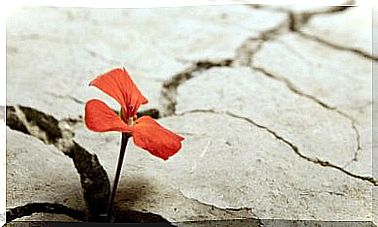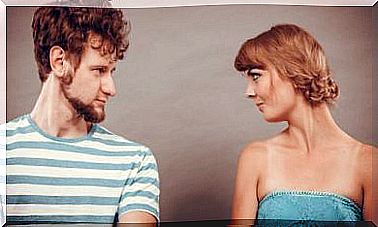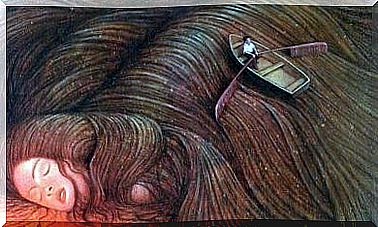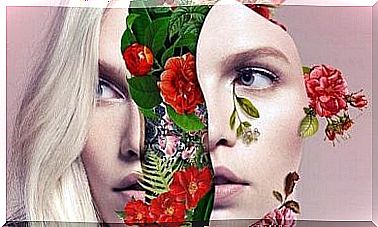If You Are A Creative Person, Your Brain Works In A Different Way
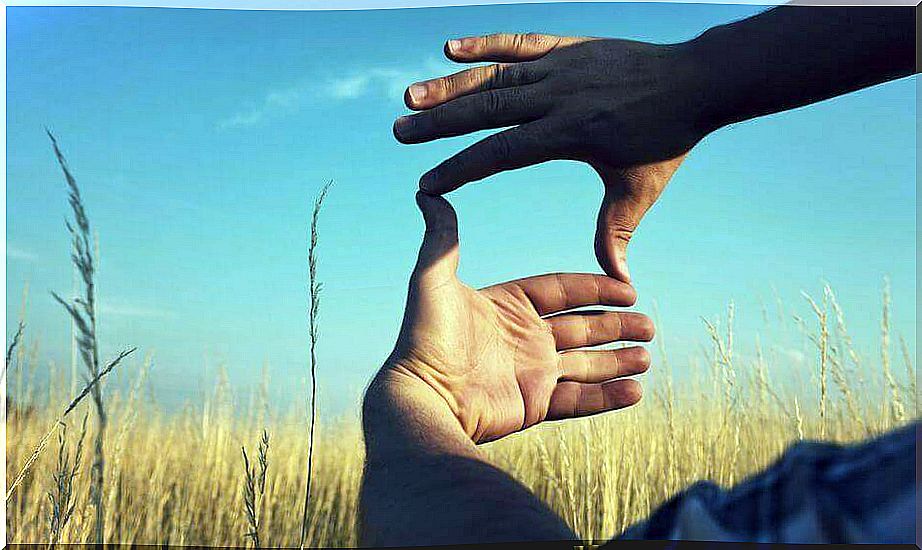
A creative person’s brain is like a room with big windows. In this infinite space, intelligence has fun and intuition delights. The impossible becomes possible and the ordinary becomes poetry. Nothing is absurd for this mind that knows very well that behind the ordinary lies the extraordinary.
Nowadays, there are still those who think that in science there is no room for imagination. Anyone who thinks that way has probably never even read one of Sherlock Holmes’ adventures. We are rarely taught so clearly and playfully that between observation and deduction there is a fascinating process called creativity. It is the most festive, riskiest, and most vital part of all our mental processes.
What is there in a creative person’s brain that doesn’t exist in everyone else’s? If we think about the personality of Sherlock Holmes himself, or if we visualize Salvador Dalí, Nikola Tesla, Van Gogh, Mozart or Leonardo Da Vinci himself, we can already observe some characteristics where the brilliant is sometimes mixed with rather complex personal dimensions.
So much so that Mihaly Csikszentmihalyi himself, after more than 30 years of research on this topic, saw everything clearly. The creative person is not just an individual. There are many “I” in the same space, it is a complex, dynamic, sometimes obscure entity, but always vibrant and receptive to its surroundings.
However, there is one aspect that we must also make clear: creativity can be trained. While it may seem like a gift to many of us, this ability is like a powerful muscle that we can exercise each day.
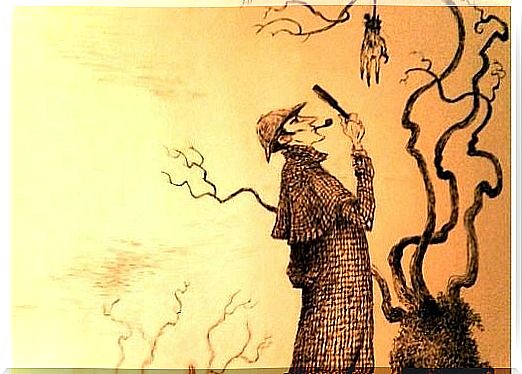
What does a creative person’s brain hide?
In 1960, one of the most fascinating surveys in history took place. Frank X. Barron, a pioneer in the study of the psychology of creativity, invited a number of personalities of his day to spend a few days in a student hall at the University of California, Berkeley.
In this group of guests were writers such as Truman Capote or Frank O’Connor, as well as well-known architects, scientists and mathematicians. The purpose was as simple as it was enthralling: to find out what made them different from the rest and how the machinery in their brains worked.
The conclusions that were drawn are not very far from the ones we continue to hold today. Are the following.
Intelligence and creativity are not related
Far from what many might think, the intellectual quotient is not related to high creativity. Furthermore, these days there is no test to identify a creative person. We are facing such a vast, unlimited and multidimensional dimension that it is impossible to classify it with classic standardized tests.
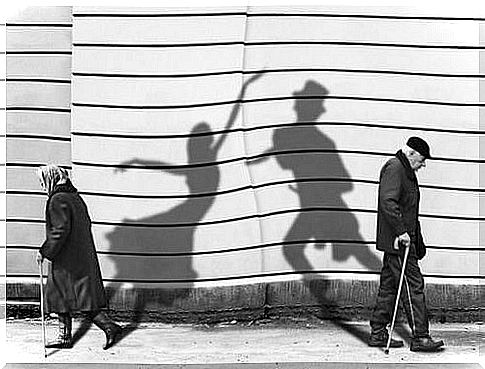
The dark side of creative genius
A curious thing that Dr. Barron and his colleague Donald MacKinnon observed is that creativity often scored slightly higher on the psychopathology index. Up to 15% above average. This supposed “dark side” had a very interesting explanation.
- The creative person has small traits that fit such a personality: they are introspective, sometimes challenging, they go far beyond what is already established and, in turn, they take risks.
- However, his mental health was above average. Introspection is not pathological, on the contrary, it is an extremely effective tool to have a better self-awareness.
The creative person is connected to their inner world and therefore is extremely receptive to what surrounds them. In this perfect harmony lies the magic: in knowing its obscurities, but always feeding on the light of the surroundings.
If you are a creative person, you are a brave person.
Highly creative people actually exist in a small number. It may sound disappointing, but if this is so, it is for a very concrete reason:
- The creative person takes risks and goes beyond what is established without caring what others say or do.
- They also have the ability to take calculated risks and the ability to think in a very unusual way. They don’t act on external goals or reinforcements that other people might offer. Its motivation is intrinsic, hence its high self-demand.
The art of disorder and the magic of complexity
The creative person juggles his mind. She finds balance in chaos, disorder is a challenge, and the complex, in her mind, becomes simple.
In their minds inhabit commanders who plot new directions based on past experiences. They run simulations like the best of architects. They reflect like genuine yogis to distance themselves from the ordinary, thus achieving the extraordinary.
- Even so, and seeing all the finely tuned processes that their brains carry out, we can deduce that they do not just make use of the famous right hemisphere, where intuition, colors, shapes or imagination are contained.
- The creative person is an optimizer of brain potential. We were talking at the beginning about Sherlock Holmes. Conan Doyle’s famous character is the best example of how a creative person makes use of both hemispheres.
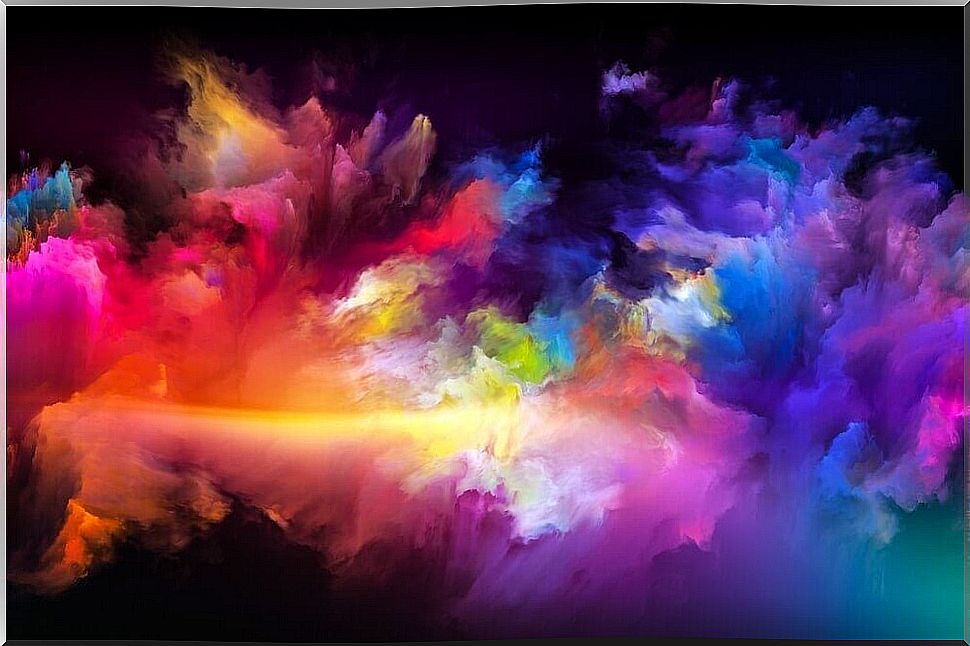
They start by observing, making use of logic, linear information, sequences, analysis and language. Later, from the left hemisphere, they move to the right to “fill in” the data and the voids that are missing. To broaden perspectives through imagination.
This is how we create, this is how we deduce and transform our world to make better decisions, more skillful, more creative. It’s something wonderful and full of possibilities that is worth exploring each day.
Dare to think differently.
